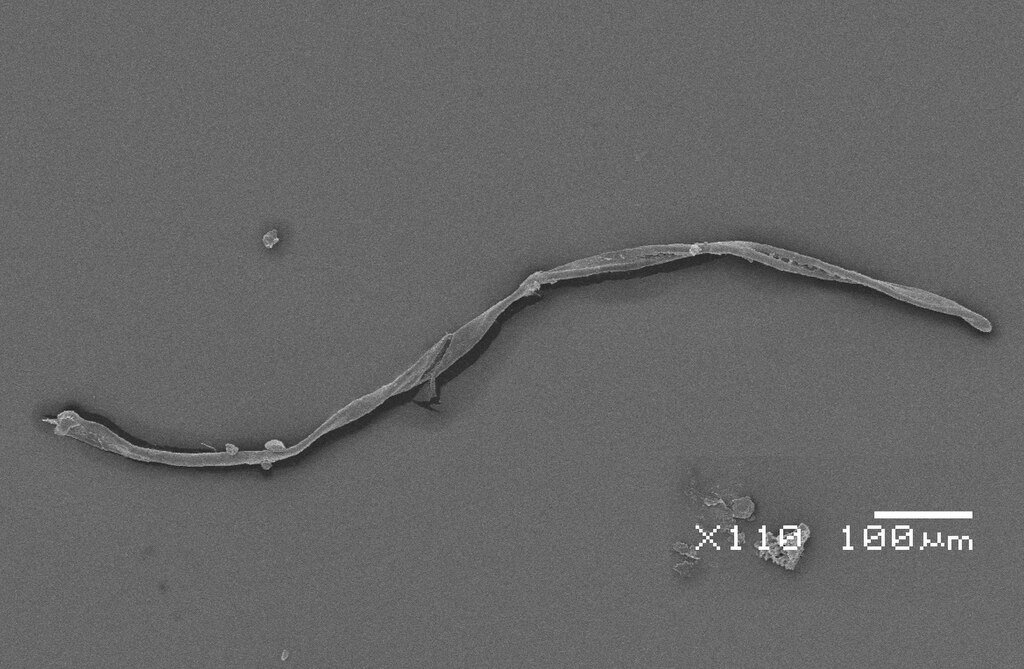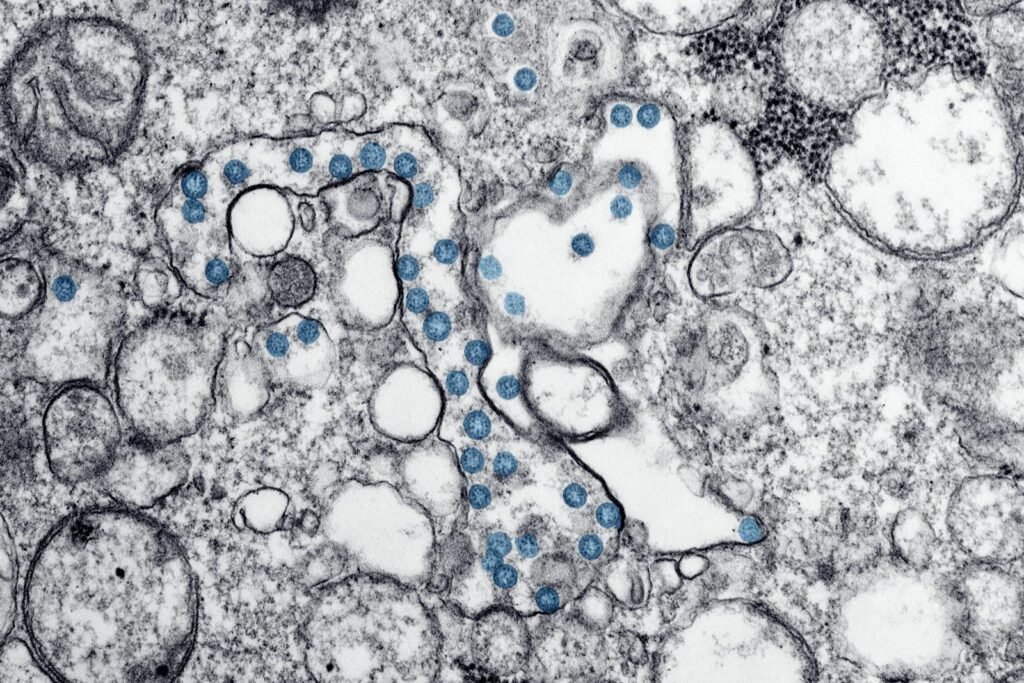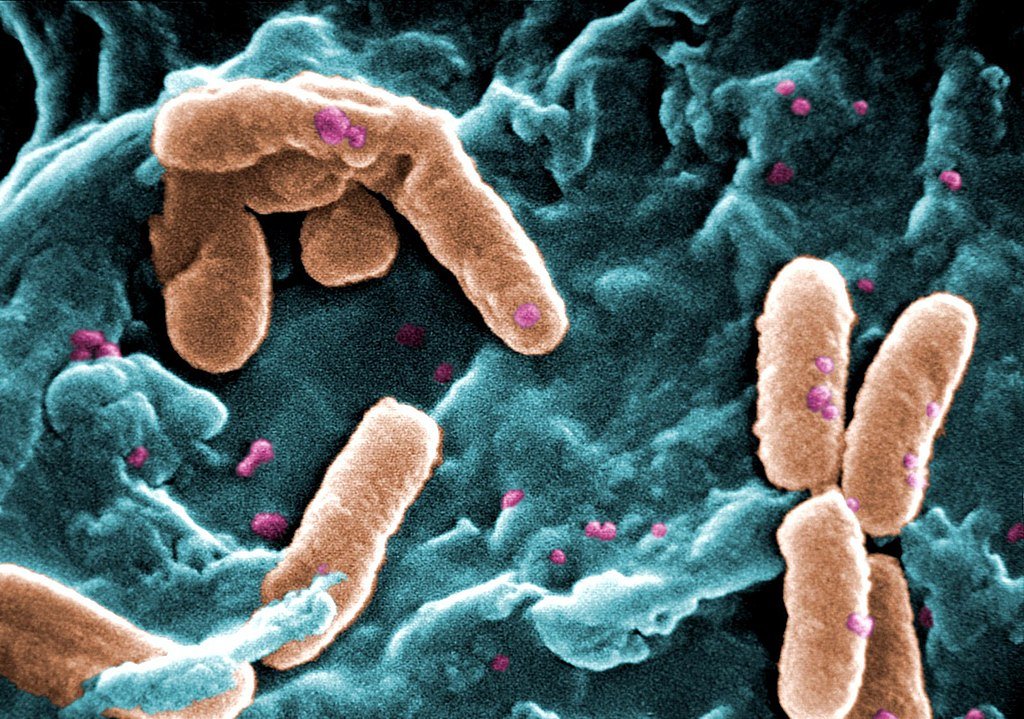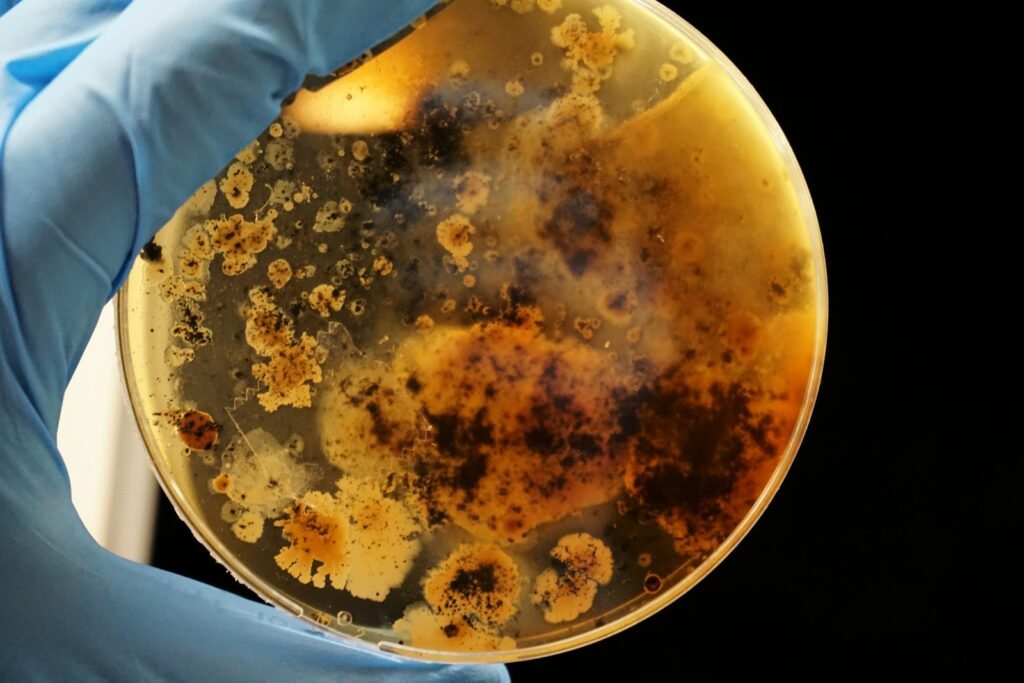Nanoplastics are little plastic bits smaller than a speck of dust abound in our food, water, even our bodies. Scientists are now, however, finding something far more disturbing. These microscopic toxins might be rewiring dangerous bacteria, transforming them into more lethal forms than they are mere passive contaminants. According to a ground-breaking University of Illinois study, nanoplastics can stress pathogenic E. coli, which drives it to pump out more toxins and maybe make foodborne diseases more severe.
This finding turns the script on plastic pollution. It is not only an environmental crisis; it could also be a quiet amplifier of bacterial hazards in our food, hospitals, and water supplies. The most recent studies reveal this, and the reasons behind the immediate attention needed here.
The Invisible Threat: How Nanoplastics Hijack Bacteria

Nanoplastics are so small they can latch onto bacteria like static cling on fabric. But unlike harmless dust, these particles carry an electric charge and that’s where the trouble begins. Researchers found that positively charged nanoplastics, derived from common polystyrene (think takeout containers), bind aggressively to E. coli O157:H7, a notorious foodborne pathogen. The bacteria, which naturally have a negative surface charge, react as if under siege: their growth slows, their biofilm formation stutters, and most alarmingly they start producing more Shiga toxin, the compound responsible for severe food poisoning symptoms like bloody diarrhea and kidney failure.
This isn’t just a lab curiosity. The same dynamic could be playing out in rivers, soil, and even inside our guts, where nanoplastics and pathogens increasingly cross paths.
Biofilms: The Plastic-Fueled Fortresses of Bacteria

For food safety and hospitals, biofilms slimy bacterial colonies clinging to surfaces—are already a disaster. They avoid cleaning products, fight antibiotics, and provide habitat for genes resistant to antibiotics. Now, nanoplastics are causing even more harm.
In the Illinois study, positively charged nanoplastics still permeated protective biofilms formed by E. coli, stressing the bacterium and increasing toxin generation. This implies that microplastics in the surroundings such as those lost from synthetic fabrics or packaging could be transforming biofilms into toxin producers.
Worse, a phenomenon Banerjee’s team is now looking at could be biofilms on microplastics serving as hubs for swapping antibiotic resistance genes between bacteria.
A Twisted Twist: Stress Makes Bacteria More Dangerous
First look at nanoplastics stressing E. coli would make them seem like a good way to neutralize the enemy. But those are not the guidelines followed by bacteria. Under interrogation, they rebel.
Although nanoplastics first slowed bacterial growth, the study found that the bacteria finally rebounded and in the meantime their increased toxicity made them more of a hazard to humans. It’s like poking a wasp nest: initially scattered, the wasps will eventually return angrily and most likely sting.
The Food Chain’s Hidden Time Bomb

Not only do nanoplastics float in water; they are consumed by animals, absorbed by crops, and presented on our plates. The FDA notes their presence in food but maintains present levels are not shown to be harmful 5. But according to this new study, the risk may be indirect: by boosting already present in our food supply pathogens.
Think of E. Coli O157:H7, which lurks in unpasteurized dairy, leafy greens, and undercooked beef. Should nanoplastics in irrigation water or soil prime these bacteria to produce more toxins, the next epidemic may strike more forcefully and conventional food safety protocols may not consider this subtle synergy.
The Antibiotic Resistance Wild Card

Another looming crisis? Plastics might be accelerating antibiotic resistance. Biofilms on microplastics are known hotspots for gene transfer between bacteria, potentially spreading resistance traits like wildfire. Banerjee’s team is now studying whether nanoplastics also tweak bacterial DNA in ways that make pathogens harder to treat.
If so, the implications are staggering. A post-antibiotic era, where simple infections become deadly, could arrive faster fueled by something as mundane as a polystyrene coffee cup degrading in a landfill.
What Comes Next? The Urgent Questions Scientists Are Racing to Answer
The Illinois study is just the beginning. Key unknowns remain:
- Do other pathogens behave similarly? Salmonella, Listeria, and antibiotic-resistant Staphylococcus could be next on the list.
- What about chemical coatings? Nanoplastics in the real world are coated with pesticides, heavy metals, and other pollutants. Could these compounds make bacteria even more aggressive?
- How close are we to a tipping point? With microplastic pollution doubling every 15 years, when does bacterial rewiring become a measurable public health crisis?
Conclusion: A Wake-Up Call Hidden in the Microscopic

Nanoplastics were already an environmental scourge. Now, they’re emerging as unexpected puppet masters of bacterial virulence. This isn’t just about plastic pollution, it’s about how that pollution could be quietly reshaping the rules of infectious disease.
As Banerjee puts it: “This is the first step in understanding how the surface charge of plastics impacts pathogenic E. coli. Interactions like these may not only make bacteria more toxic, but potentially harder to treat.”. The question isn’t whether we should worry, it’s whether we’ll act before the problem evolves beyond control.
Sources:

Jan loves Wildlife and Animals and is one of the founders of Animals Around The Globe. He holds an MSc in Finance & Economics and is a passionate PADI Open Water Diver. His favorite animals are Mountain Gorillas, Tigers, and Great White Sharks. He lived in South Africa, Germany, the USA, Ireland, Italy, China, and Australia. Before AATG, Jan worked for Google, Axel Springer, BMW and others.




